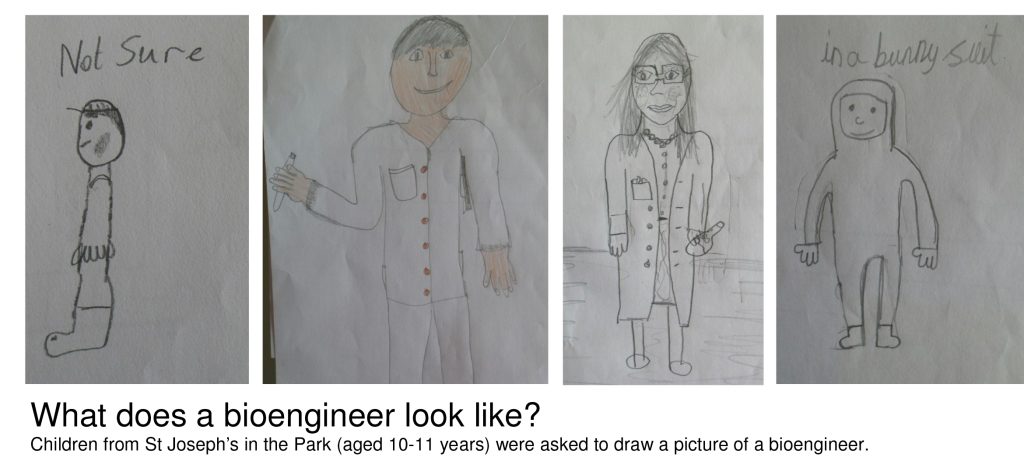Supporting engagement in STEM
Potential learners are being lost from science, technology, engineering and maths (STEM) disciplines with the sector dominated by men, and women accounting for only 5.5% of engineering professionals. For two decades, the percentage of female students taking A-level physics has remained the same (20%) with the UK employing the lowest proportion of engineers in the EU. There is also a lack of understanding by young individuals with the general perception that engineering and maths are difficult subjects that are neither innovative nor engaging and are regarded for male domains only.
There is a need to recognise that young women represent new talent that should be encouraged and helped to realise their potential and possible future in leadership positions in the STEM sector. Public engagement activities with schools not only provide role models that help to raise girl’s confidence with the parents and families but also improves teachers expectations by showcasing non-stereotypical careers. Efforts that link schools with STEM sectors via routes involving ambassadors provide opportunities for greater progress, by breaking down the STEM stereotype and embedding gender equality.
For example, I am using a blended learning approach to teach hot STEM topics that are not only interactive but also available across a variety of technologies. The result is a highly engaging discussion of learning with young people which moves away from the traditional talk & chalk approach to delivering STEM.

Schemes such as the Big Bang or Science on Stage also help to raise awareness and increase support for engagement activities. However, young people will only engage with STEM if they are given an opportunity for hands on activities and real world learning. For example, a sixty minute presentation/discussion with children aged 10 to 11 years, helped to change their perception of bioengineering and reinforce the idea that scientists and engineers offer exciting careers to both men and women.
The more women can help young people and support engagement in STEM disciplines the better for us and our future in science.
